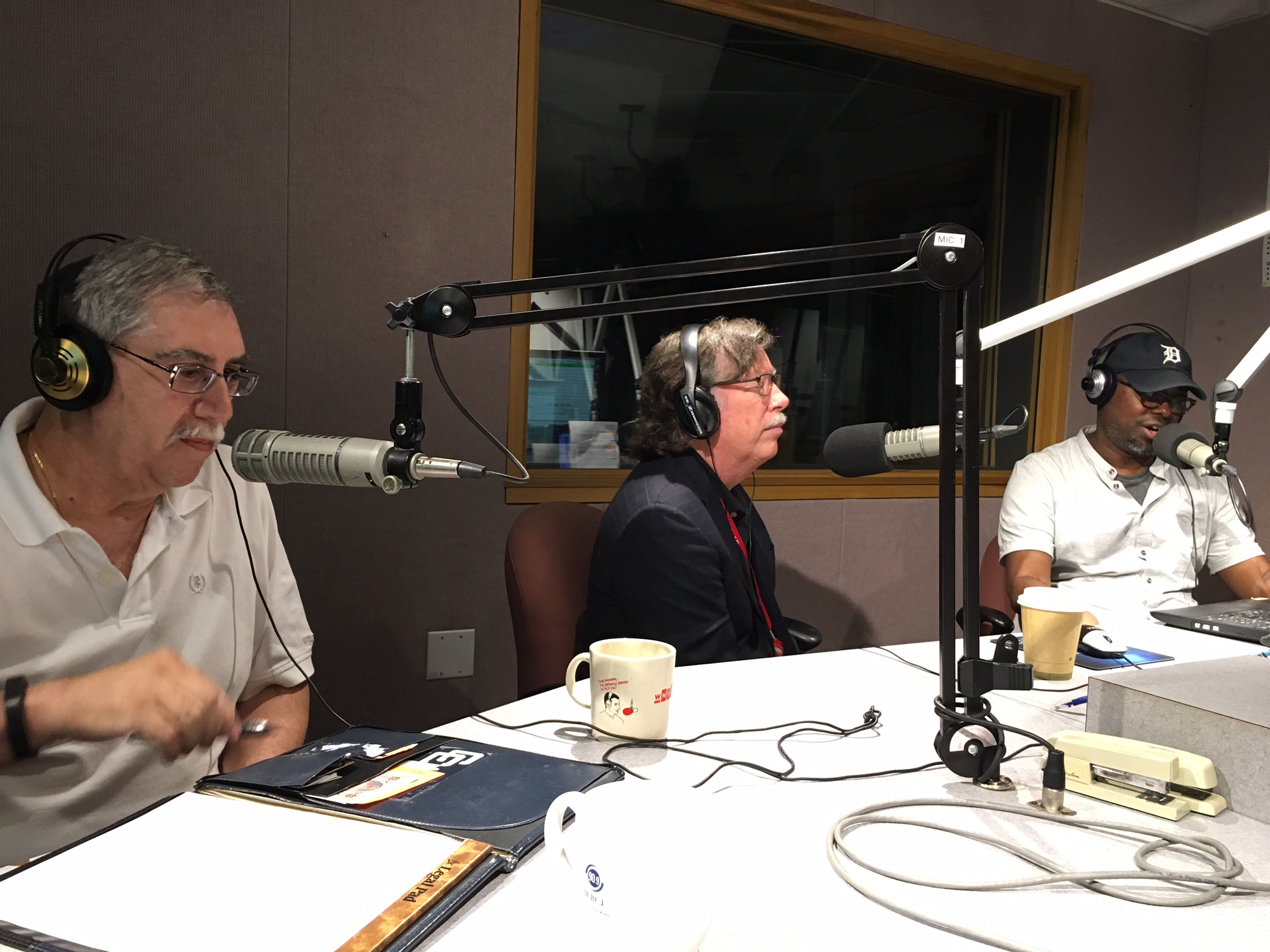The Past, Present, And Future Of Public Transit In SE Michigan
RTA Chairman: “Finally, after almost five decades voters will be able to say ‘Yes’ to regional transit.”


The Regional Transit Authority’s plan to expand and improve mass transportation in Metro Detroit will go before voters in November.
An 11th-hour stalemate from leaders in Macomb and Oakland Counties threatened to keep the question of a millage increase off the ballot, but the RTA managed to reach a deal last week.
“Finally after almost five decades voters will be able to say ‘Yes’ to regional transit,” says Paul Hillegonds, chairman of the RTA. “The did come together… In a very cordial manner, and very quickly, a consensus was reached.”
Hillegonds tells Detroit Today host Stephen Henderson he thinks the compromise reached to get the deal done could be beneficial at the ballot box. The new plan essentially give the city of Detroit and surrounding counties veto power over future spending.
“It will make for a stronger case when we go to the ballot,” says Hillegonds.
Henderson also dives into the history of public transit in Southeast Michigan with Detroit Free Press Business Writer John Gallagher and Carmine Palombo, deputy executive director of the Southeast Michigan Council of Governments (SEMCOG).
“Back in the 50s, we had really robust public transit with streetcars, with interurban trains and so on. There were plans to build a subway along Woodward Avenue. And it all sort of fell apart,” says Gallagher, who blames the public transportation decline partly on the rise of car culture in Detroit.
Palombo says despite a number of false starts in the past, he’s optimistic the region will come together this time around to support a cohesive regional transit system.

“There’s been a lot of fool’s gold and hope in the past, but I think now there really is a lot more cooperation and coordination than you might think.”
“The reality is we need more money to provide more options,” Ruth Johnson, assistant director of Transportation Riders United. “In my opinion we all benefit [from mass transportation], whether we use it or not.”
Johnson says she took the bus to the WDET studio and had no problems. But, she says, many people live in areas that aren’t currently served by the bus system or find the system to be enough of a hassle that they avoid the current bus system altogether.
To hear more of the conversation about RTA and transit in Metro Detroit, click on the audio player above.
